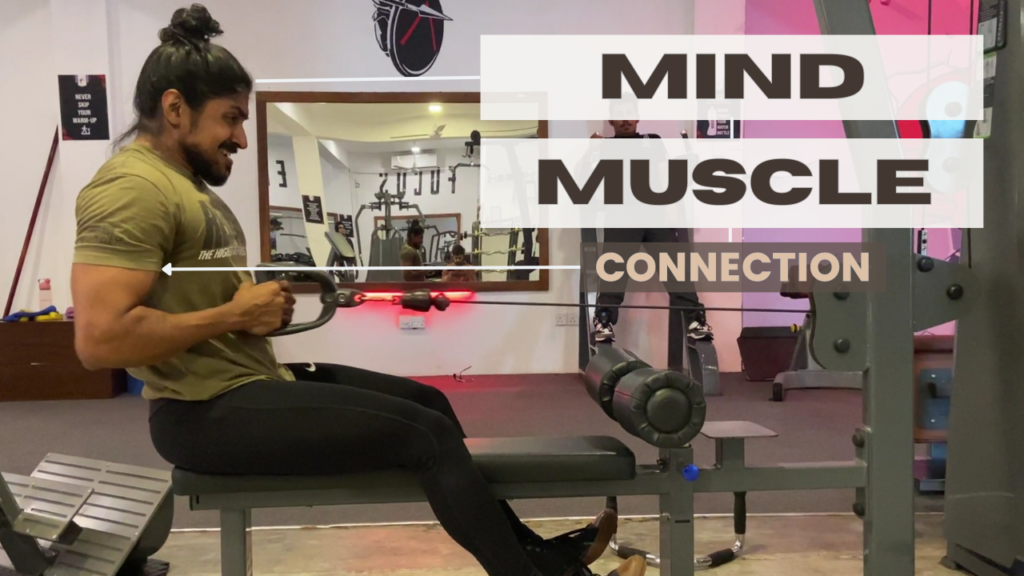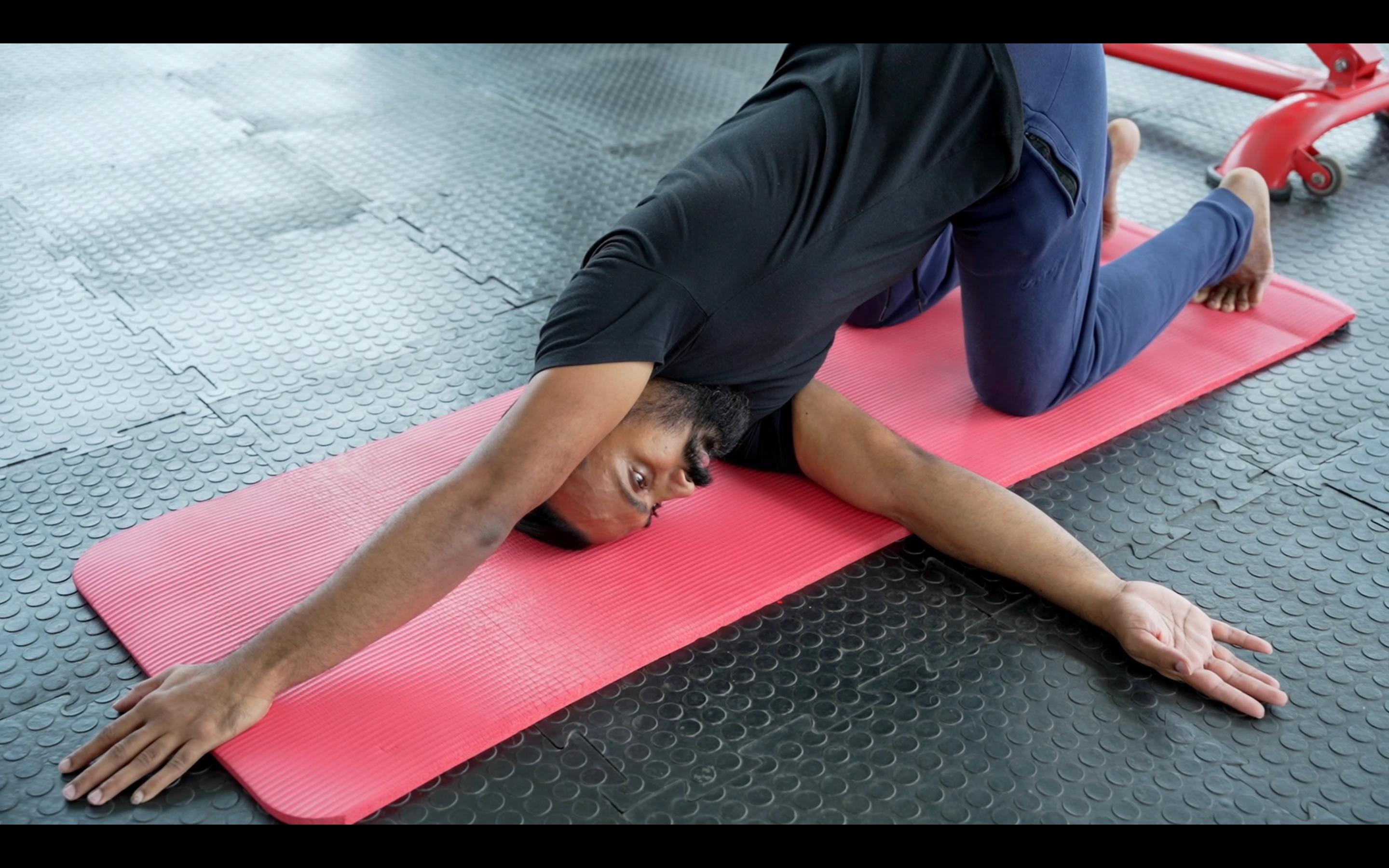
In this article, I will provide you with 5 tips to help you build a strong mind-muscle connection over time. By applying these tips consistently, you’ll be able to get the most out of your workouts and improve your overall fitness and strength.
Visualize the muscles you're targeting
Before you start the exercise, take a moment to think about the muscles you want to work. Imagine your shoulder blades coming together as you pull the bar towards your chest. Imagine feeling the tension in your back muscles (lats and rhomboids). This visualization technique will help you focus on the specific muscle group you’re targeting, making it easier to engage and activate the muscles during the exercise. During sets, use this visualization technique.
Focus on the contraction
As you perform the exercise, focus on squeezing your muscles as hard as you can. For example, when doing a pull-up, imagine pulling your elbows down towards your hips as you lift your body towards the bar and pausing at the top of the range of motion. During seated rows, imagine pushing an object away with the back of your elbows and pausing at the peak of the contraction. The pause and the squeeze will help you feel the muscles working and create a stronger mind-muscle connection over time.
Slow down
Use lighter weights
Engage your core
Maintaining a tight core during most exercises is crucial. Doing so helps you maintain stability and good posture while allowing you to focus on the target muscles. Additionally, engaging your core minimizes the risk of injury, especially to your lower back. For example, when performing a weighted plank, keeping your core tight stabilizes your spine and pelvis, reducing the risk of injury. Similarly, during a deadlift, engaging your core helps prevent your lower back from rounding and provides the support necessary to lift heavy weights safely.
What did we learn about building your mind muscle connection?
By visualizing the muscles you’re targeting, focusing on the contraction, slowing down, using lighter weights, and engaging your core, you can improve your mind muscle connection. This does not happen overnight. You need to patiently practice over the weeks and months. When training, don’t make the mistake of getting distracted during sets. Happens to a lot more people than you think. Remember where your eyes go, your mind follows! What i do is, i keep my eyes focused on the weight i lift while my mind is focused on visualizing what my muscles and joints are doing.
What does the rock say?

Free 3 Day general beginner workout plan.




